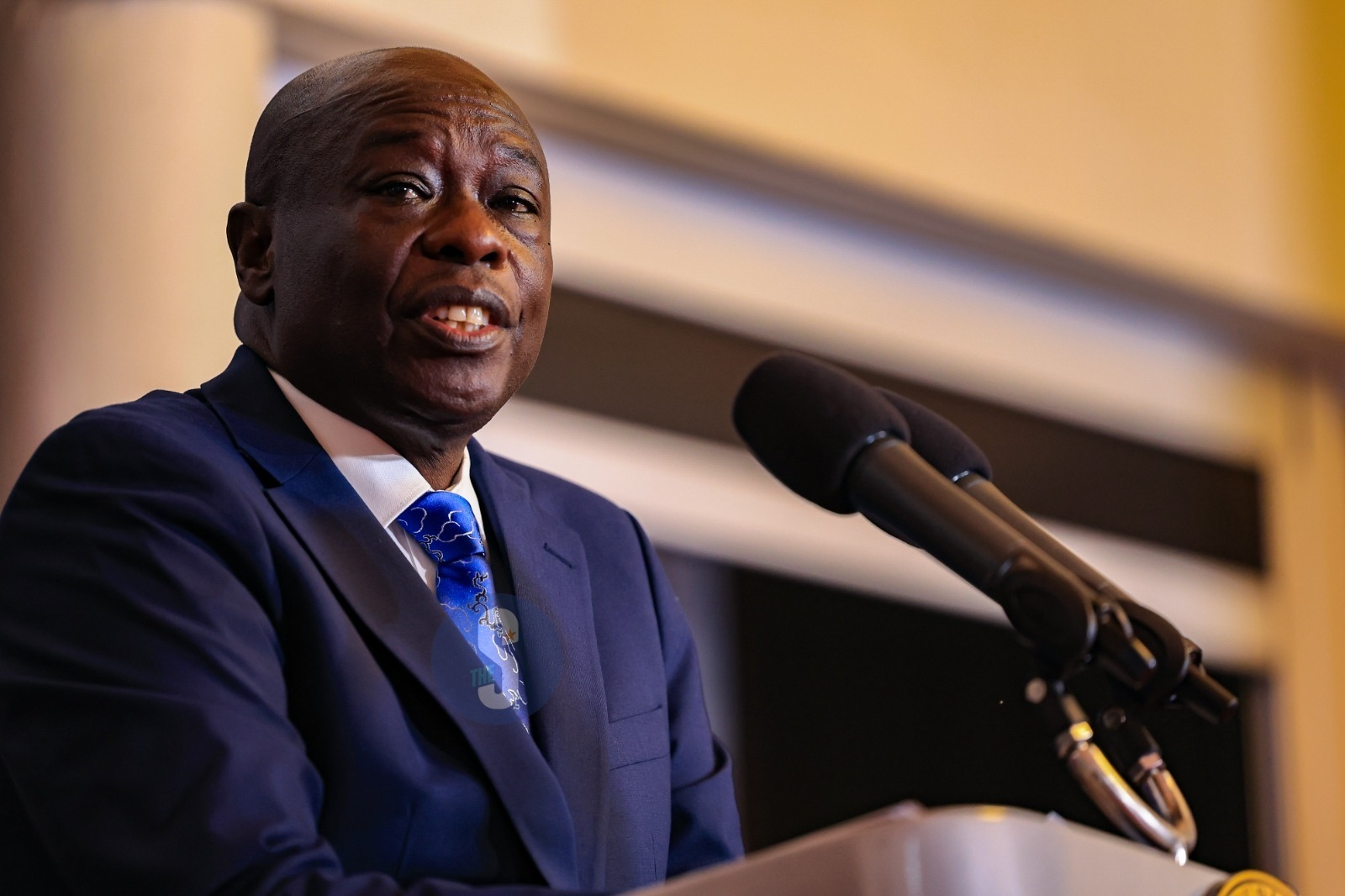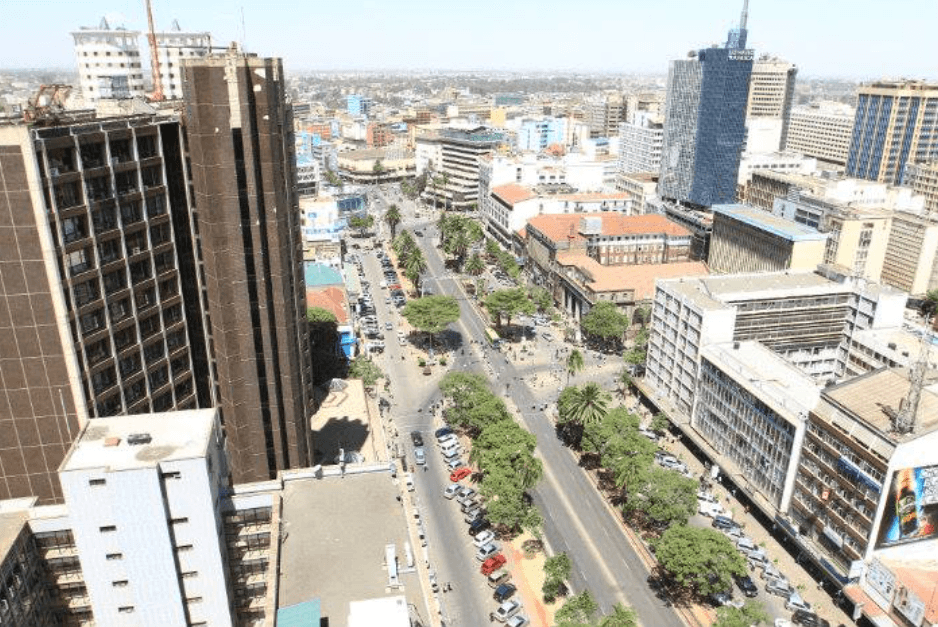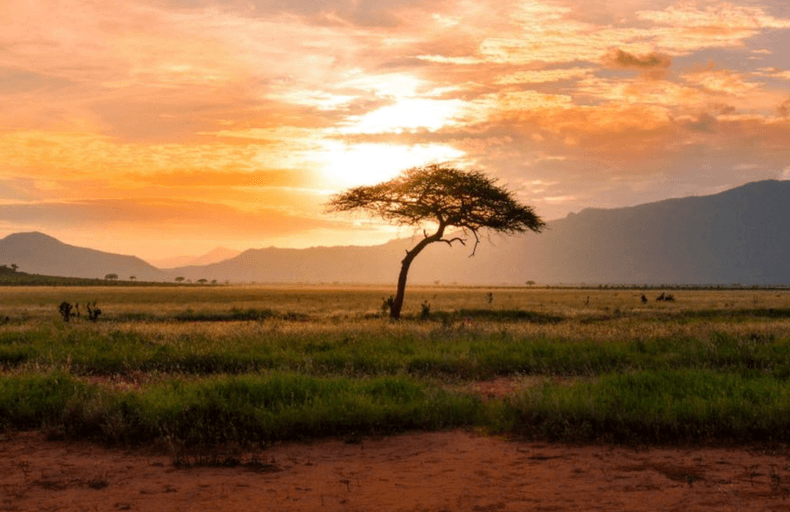The Western region has for a long time been known to be more inclined to listen to the radio, however, a new report by the Communications Authority reveals that the Lower Eastern region has the largest radio listenership.
The Lower Eastern Region leads in radio listenership by 83 per cent tying with the Lake region at 83 per cent.
The two are followed by the Western and the Rift Valley regions with 82 per cent each.
According to CA, in rural regions, radio enjoys greater popularity, whereas urban areas display a stronger inclination towards television.
The report shows that radio's widespread popularity in rural Kenya is due to its accessibility, affordability, relevance to local cultures and languages, and its ability to foster community cohesion and engagement.
CA said that males are more inclined to listen to the radio as compared to females.
According to the report older males are more inclined to radio consumption.
"The listenership of radio demonstrates a consistent upward trend as age increases," the report quoted.
The report indicates that the Swahili language is the most tuned into followed by vernacular stations.
This was observed across male and female listeners.
In urban areas, residents prefer to tune into English stations compared to rural areas.
The report shows that English is more commonly spoken among urban populations.
According to CA, this might be due to its more frequent use in everyday conversations.
Swahili stations have a higher listenership in the Western and Coast topographies.
Listenership of vernacular stations is highest in the Lake and Central topographies, the report indicated.
CA said that across the three quarters, the prevailing trend in media consumption has been identified as the blending of multiple platforms, including radio, television, and online mediums.
The integrated consumption pattern accounted for 24 per cent of total media consumption during the third quarter of the fiscal year 2023/24.
"This observation suggests that a significant segment of the population is concurrently engaging with various forms of media, encompassing radio broadcasts, television programming, and the numerous content available online," CA said.
Communications Authority said the radio sector is thriving, with an impressive array of over 100 radio stations, many of which cater to a variety of local languages.
CA said the dynamism of Kenya's media scene poses challenges in capturing and retaining broad audience engagement within a fiercely competitive market.















